Everything you need to know about specifications and performance - Hyundai i20 2016 - 1.4 CRDi (90 Hp)
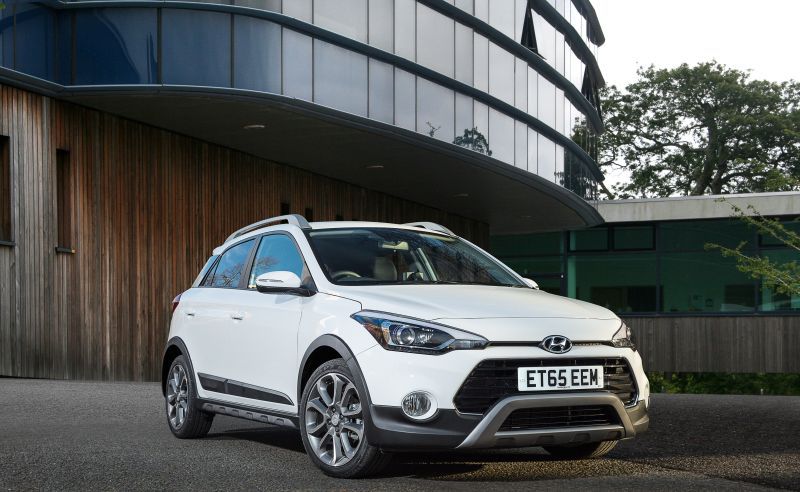
Overview:
What is the engine capacity of a Hyundai i20 2016?
The engine capacity of the Hyundai i20 2016 is 1396.
Hyundai i20 2016 How many horsepower?
The engine power of the Hyundai i20 2016 is 90 Hp @ 4000 rpm..
What is the Hyundai i20 2016 engine?
Hyundai i20 2016 engine is D4FC. (Click to see other cars using the same engine)
How much gasoline does a Hyundai i20 2016 consume?
The Hyundai i20 2016 consumes 4.2 - 4.3 liters of gasoline per 100 km
General:
Engine:
Performance:
Space:
dimensions:
Powertrain, Suspension and Brakes:
See also
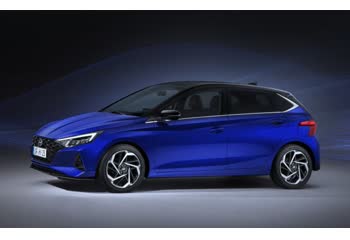
Last generation.
Its production began in 2020 until 2023
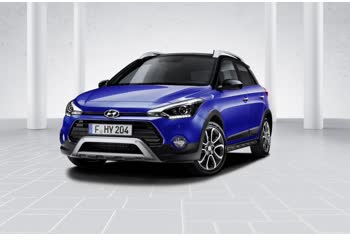
Other generation.
Its production began in 2018 until 2020
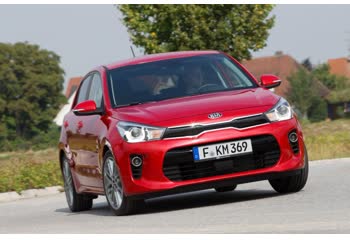
Same engine. (D4FC).
Its production began in 2017 until 2018
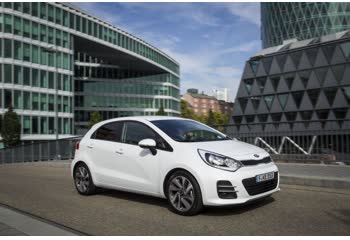
Same engine. (D4FC).
Its production began in 2015 until 2017
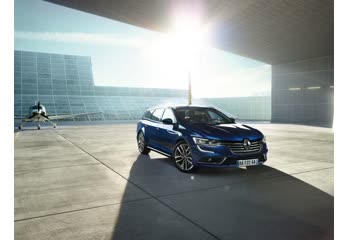
Same production year and almost the same engine capacity.
Its production began in 2016 until 2018
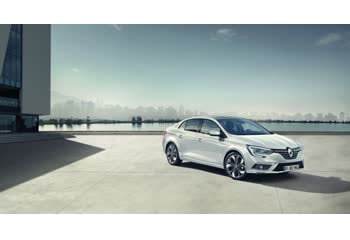
Same production year and almost the same engine capacity.
Its production began in 2016 until 2018

Write a comment